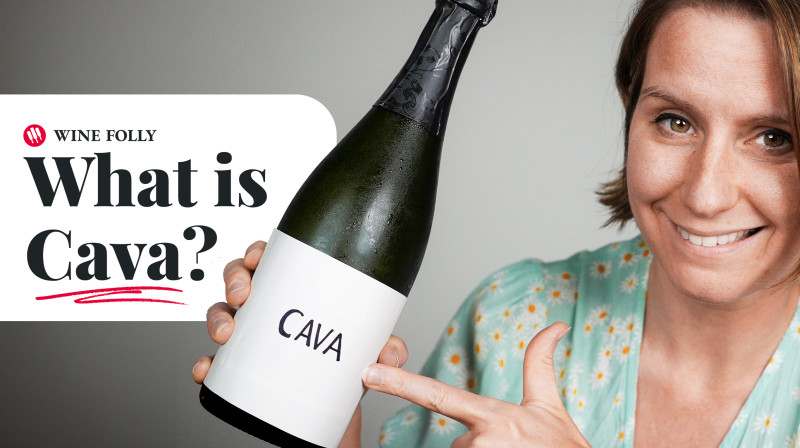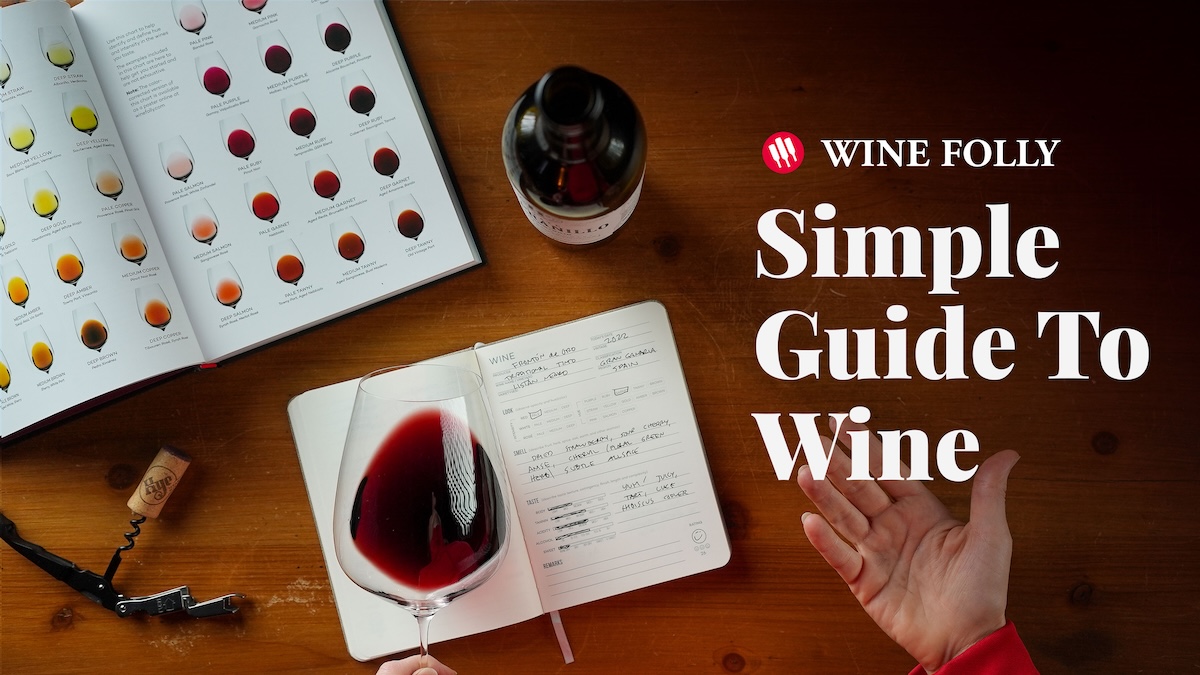How To Taste Wine Like a Pro (Without The Snob)
Ever wondered how sommeliers seem to magically identify a wine’s grape variety, region, and even its vintage? The secret isn’t magic; it’s a simple four-step method anyone can learn. You don’t need years of practice or a fancy wine cellar to start; you just need a curious palate and an open mind. Here’s how to taste wine like a pro — no snobbery required.
Step 1: Look
Wine tasting starts with your eyes. Hold your glass by the stem to avoid warming the wine, then tilt it over a white background. Examine the color at the edge, known as the meniscus. For red wines, is it purple, ruby, or garnet? For whites, is it pale straw, yellow, or gold? These hues provide clues about the wine’s age, grape variety, and even its growing region.
Swirl the glass and observe the “legs” or “tears” dripping down the side. This visual cue isn’t just pretty; it indicates the wine’s alcohol content, with slower, thicker legs pointing to higher levels. Warmer climates often produce wines with more alcohol, so this can hint at the wine’s origin.
Step 2: Smell
Next, dive into the aromas. Swirl the wine to release its scents, then bring the glass to your nose. Use the “small to large” method: start by identifying broad categories like fruit or spice, then narrow it down to specifics, such as blackberry or cinnamon.
Red wines like Pinot Noir often showcase red fruit notes like raspberry, while deeper wines like Syrah lean toward blackberry and blueberry. Don’t stop at the fruit; look for floral notes, herbs, spices, or even earthy tones like mushroom or gravel. These layers reveal the wine’s complexity and origin.
Step 3: Taste
Take a sip (about a teaspoon), swish it around, and breathe in gently through your mouth. This engages your retronasal senses, allowing you to “smell” the wine as you taste it.
Focus on four key traits:
Sweetness: Is it bone-dry or slightly sweet?
Acidity: Does your mouth water? That’s good, it means the wine is balanced.
Tannins: Feel the texture; is it smooth or grippy?
Alcohol: A warming sensation at the back of your throat signals higher alcohol.
Step 4: Think
Now, assess. Is the wine balanced, with its sweetness, acidity, tannins, and alcohol in harmony? How long does the finish linger? A long, pleasant aftertaste often signals quality.
With these steps, you’ll uncover a world of detail in every sip. Wine tasting isn’t about being perfect; it’s about exploration. So grab a glass and start your journey!
Related Videos

Spain’s One Region Devoted Entirely to Sparkling Wine

Prosecco DOC: The Place Behind the Bubbles

How to Start Drinking Better Wine with Confidence
Join Our Newsletter
Jumpstart your wine education and subscribe to the Wine Folly newsletter right now. Always awesome. Always free.
sign up free
